Hansjörg Auer, David Lama, Aleš Česen, Tom Livingstone, Luka Stražar ascents honoured by Piolets d’Or 2019

 1 / 40
1 / 40 David Lama / Red Bull Content Pool
David Lama / Red Bull Content Pool
In 2019 the International Jury of the Piolets d'Or has chosen to honour three innovative ascents: a famous face on an iconic mountain of the central Karakoram; a previously untouched face on a little-known peak of the western Karakoram; an ascent of one of the highest remaining unclimbed summits in Nepal. Perhaps unusually, two of these were bold solo climbs. All three summits were close to or a little above 7,000m - the three "Ls"; Latok, Lunag and Lupghar.
The Piolets d'Or celebrates and awards ascents rather than specifically the climbers that made them, though naturally it is those climbers who are presented with awards. Tragically, both authors of the solo ascents - Hansjörg Auer and David Lama - are no longer with us. However, at the Ladek Mountain Festival, where the awards will be presented this September, it will be family and friends who accept the accolades on their behalf.
Lunag Ri 6895m - first ascent via West Ridge 1,500m, 90°, David Lama (Austria), solo, October 23 - 25
Lunag Ri is the culminating point of the Rolwaling's Lunag Massif, which straddles the Nepal-Tibet border. Before 2018 it was one of the highest unclimbed peaks in Nepal and there had been at least four serious attempts to reach its lofty summit. An attempt from the southeast, and another from the north, both finished on a subsidiary southeast top. In 2015 Conrad Anker and David Lama reached a point on the west ridge around 300m below the summit, finding the ridge more complex and difficult than expected. They returned in 2016, only for Anker to be evacuated by helicopter after suffering a stroke. Lama subsequently made a bold solo attempt, surpassing his previous high point by around 50m.
In 2018, when Anker confirmed he would no longer go on this sort of expedition, Lama decided to decline other offers from strong partners and to go it alone. In the intense cold of late October, the Austrian climbed difficult mixed terrain, ice and snow, with two bivouacs, to reach the crux technical climbing on the steep headwall. Surmounting this, he made an airy traverse on to the spectacular diving-board summit. Lama descended by rappel, mostly along the line of his route. It was a climb that would remain "engraved in my memory for the exposure, the difficulty, the cold and the loneliness, and for a successful conclusion to a personal project".
Lupghar Sar West 7175m - West Face 1,000m, M4 55°, Hansjörg Auer (Austria), solo, in a day 7 July
The rarely-attempted Lupghar Sar massif in the Hispar Muztagh of the Western Karakoram comprises three peaks on a high east-west summit ridge. The west summit was first climbed in 1979 by Germans via the southwest ridge, which featured dangerously rotten rock - a characteristic of this summit. It was repeated the same year, and again in 1980, by Japanese, the first of these expeditions continuing east for more than one and a half kilometres along the sharp ridge to the Central (Main) summit. These were full scale sieges and neither the West or Central peaks were seriously attempted again until 2018.
After extensive acclimatization and scouting of both face and complex approach, Hansjörg Auer left base camp and navigated the wild Baltbar Glacier to a bivouac at 6,200m below the left side of the west face of Lupghar Sar West. The next day he made a rapid ascent of the west face to reach the steep upper section of the northwest ridge at 6,900m. Although he had planned a second bivouac, he decided to cache his gear and head for the top. Very loose mixed terrain and a highly exposed, narrow, corniced crest led to the highest point. Auer managed to descend to base camp by the evening of the same day. Although the technicalities were not high, this was bold, committing and precarious climbing, with a taxing descent of the same route, completely alone at high altitude and in a remarkably fast time.
Latok 1 7145m - North Ridge/Face and south face 2,500m, ED+, Aleš Česen, Luka Stražar (Slovenia), Tom Livingstone, (U.K.), August 5–9
In 1978 four Americans attempted the "Walker Spur of the Karakoram", the north ridge of Latok I from the Choktoi Glacier. Jim Donini, Michael Kennedy, George and Jeff Lowe spent 21 days climbing over 100 pitches and had probably surmounted all the difficulties, when a combination of wind, cold and Jeff Lowe’s rapidly deteriorating condition due to altitude sickness forced a retreat. It remains one of the finest and most notable near misses in the history of alpinism. Despite literally dozens of subsequent attempts over the next 40 years, no one came close to reaching their high point of nearly 7,000m. The first and to date only ascent of the mountain was made in 1979, when a Japanese team reached the summit from the south.
Tom Livingstone met Luka Stražar at an international winter gathering in Scotland. Together with Aleš Česen they travelled to the north side of Latok I, where Česen confided, "we think there is a better way to the summit than the full north ridge". American Josh Wharton, who travelled to the Choktoi four times to attempt the north ridge, envisaged a line that would climb the right flank of the ridge, then slant up to the (west) col between Latok I and II. From there his proposed route crossed onto the south side of the mountain, where easier terrain would lead to the top. This was the route eventually followed by the Anglo-Slovenian trio, who climbed generally good ice runnels and névé on the right side of the ridge to around 6,400m, at which point they angled up right to reach the west col at 6,700m. From there they followed south-facing snow slopes in generally stormy weather to the summit, which they reached on their fifth day. Descending approximately the same line, the team regained base camp three days later, having made only the second ascent of this prestigious mountain in the Panmah Muztagh, and the first from the north.
The Piolets d’Or 2019 will be celebrated from 19 - 22 September 2019 during the Ladek Mountain Festival in Poland. During the ceremony in September the Piolet d'Or Lifetime Achievement Award will be handed to Krzysztof Wielicki,The jury is comprised of: Sandy Allan from Spain, Kazu Amano from Japan, Valeri Babanov from Russia, Jordi Corominas from Spain, Fred Degoulet from France, Ines Papert from Germany and Andrej Štremfelj from Slovenia.
Info: pioletsdor.net



 Copia link
Copia link







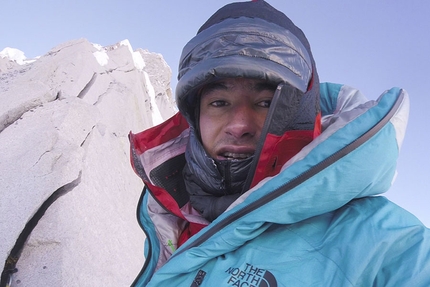



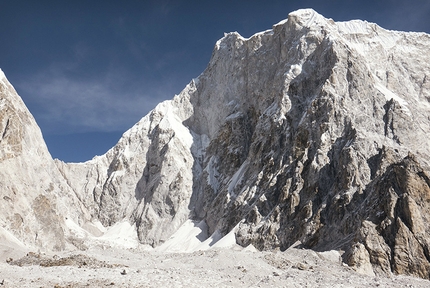
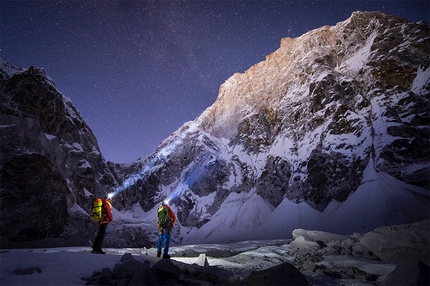
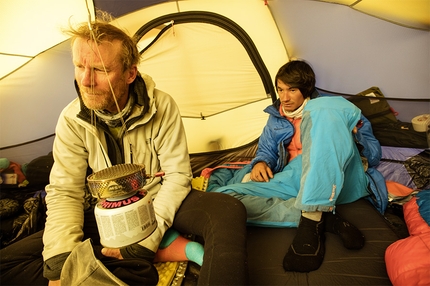



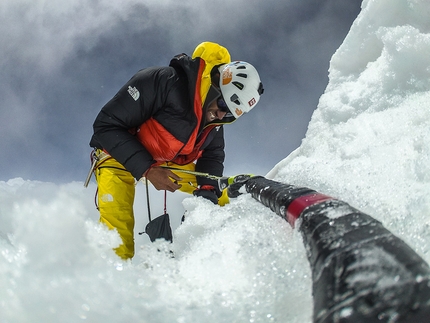

 See all photos
See all photos























